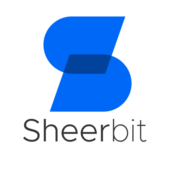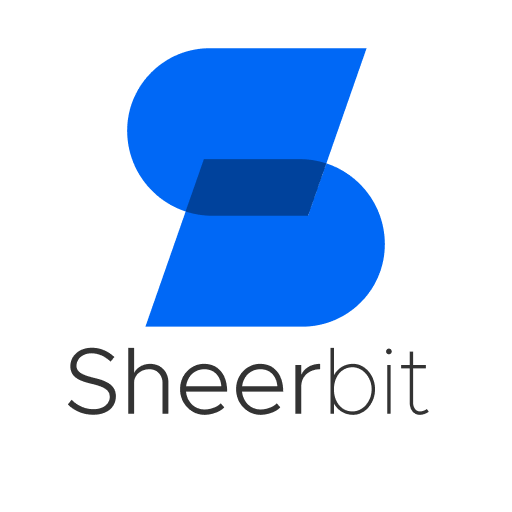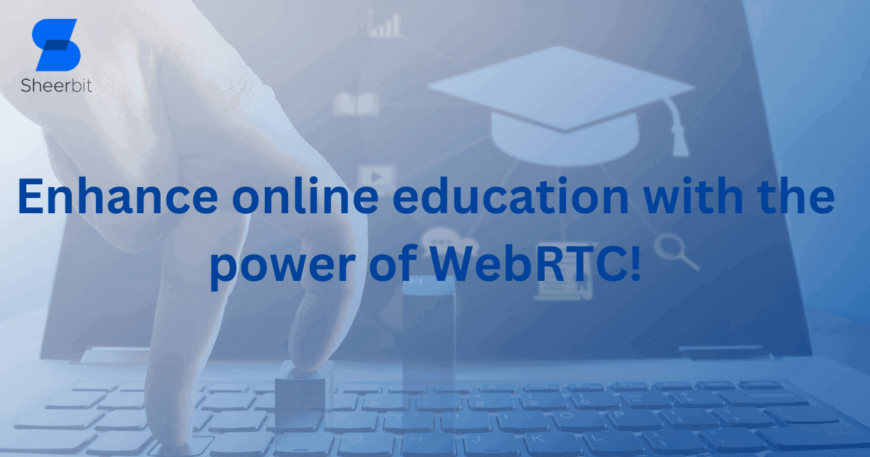Online education can benefit from WebRTC (Web Real-Time transmission), which enables real-time audio, video, and data transfer directly within web browsers. It provides a standardized set of protocols and APIs that allow developers to create applications for peer-to-peer communication without requiring additional plugins or software installations.
WebRTC may be used in online education in the following ways, for example:
1. Video Conferencing:
WebRTC enables seamless video conferencing capabilities, allowing students and teachers to interact face-to-face in real-time. It facilitates group discussions, virtual classrooms, and one-on-one tutoring sessions, fostering a more engaging and interactive learning experience.
2. Screen Sharing:
With WebRTC, educators can share their screens with students, demonstrate concepts, present slideshows, or showcase specific software applications. This feature enhances the effectiveness of remote teaching by providing visual aids and facilitating collaborative learning.
3. File Sharing:
WebRTC allows users to transfer files securely during online classes. Teachers can share relevant documents, lecture notes, or assignments with students in real-time, promoting efficient information dissemination and ensuring all participants can access the required materials.
4. Interactive Whiteboards:
WebRTC-powered online education platforms can integrate interactive whiteboards that enable teachers and students to collaborate and brainstorm ideas visually. Users can draw, annotate, or highlight on the shared whiteboard, facilitating active participation and fostering creativity.
5. Virtual Labs:
In subjects like science, engineering, or computer programming, WebRTC can create virtual labs Students can remotely access and control lab equipment, conduct experiments, and analyze data, replicating the hands-on experience of a physical laboratory.
6. Real-Time Messaging:
WebRTC supports real-time text-based chat, allowing students to communicate with each other or ask questions to the instructor during online classes. This feature encourages active engagement and can be used for discussions, clarifications, or group projects.
7. Recording and Playback:
Currently, the WebRTC supports teachers to record online classes and enables students to review the sessions later at their convenience. Students who may have missed a lesson or need to review certain areas for a deeper understanding may find this especially helpful.
WebRTC provides a robust and scalable framework for building online education platforms with interactive and collaborative features. Its use in online education enhances student engagement, fosters effective communication, and brings a sense of real-time interaction to remote learning environments.





